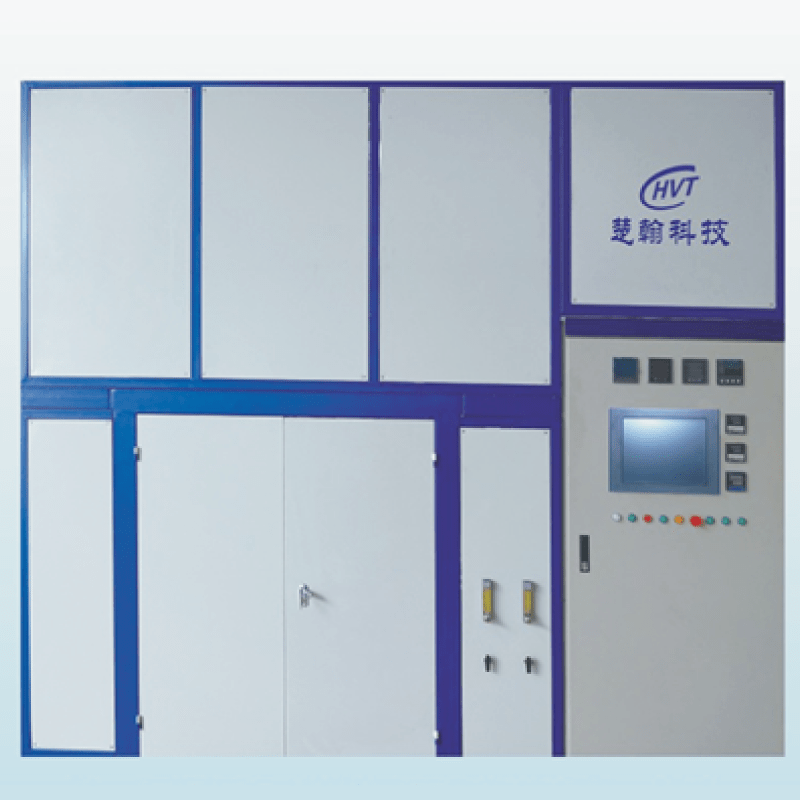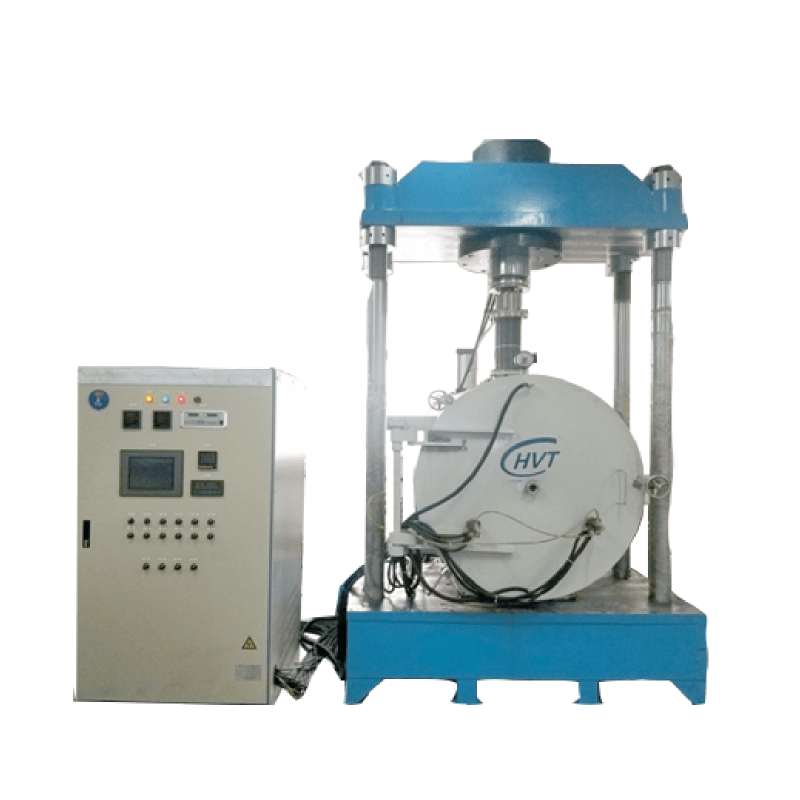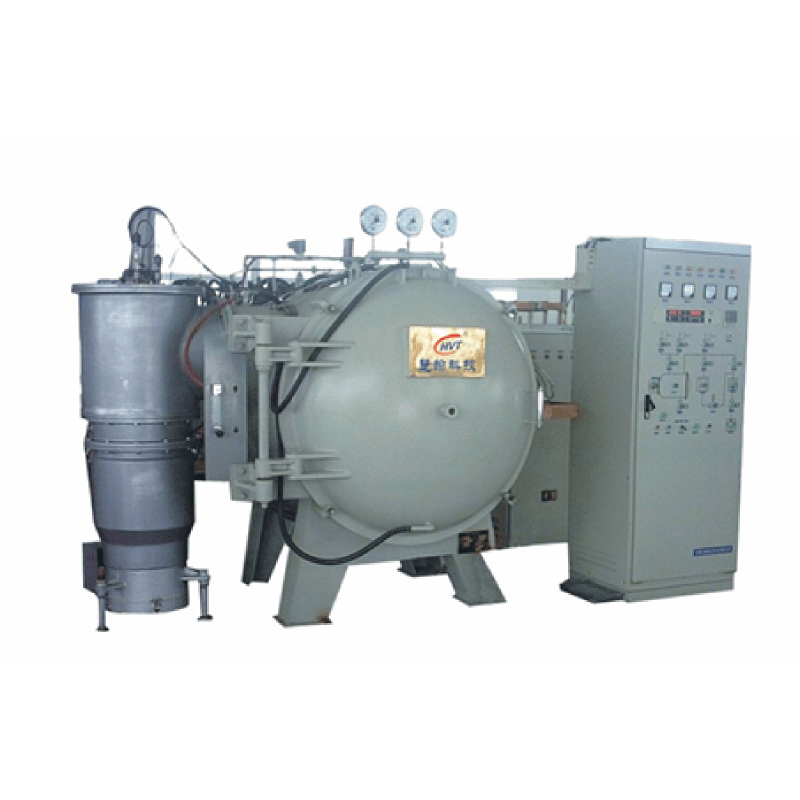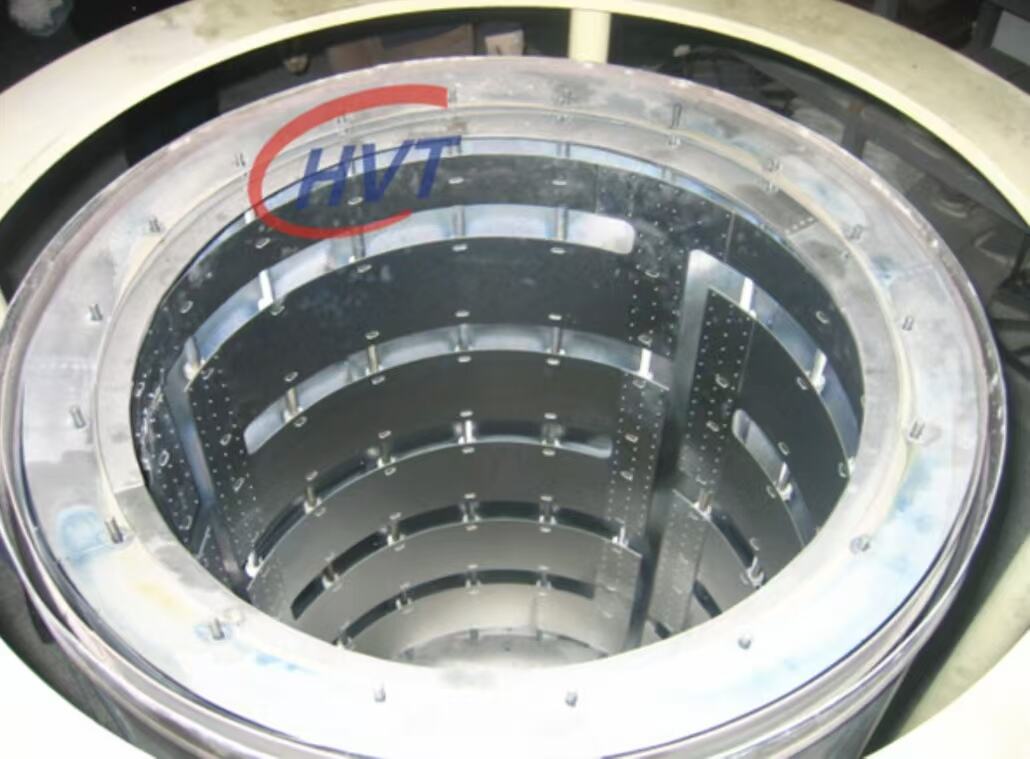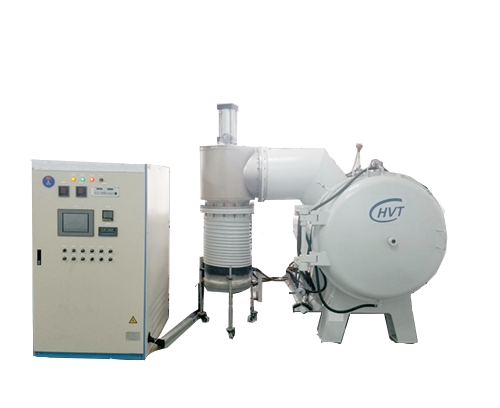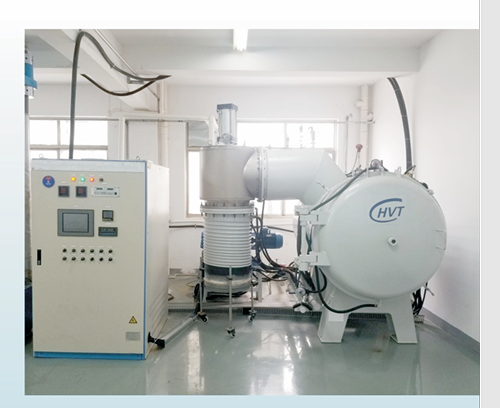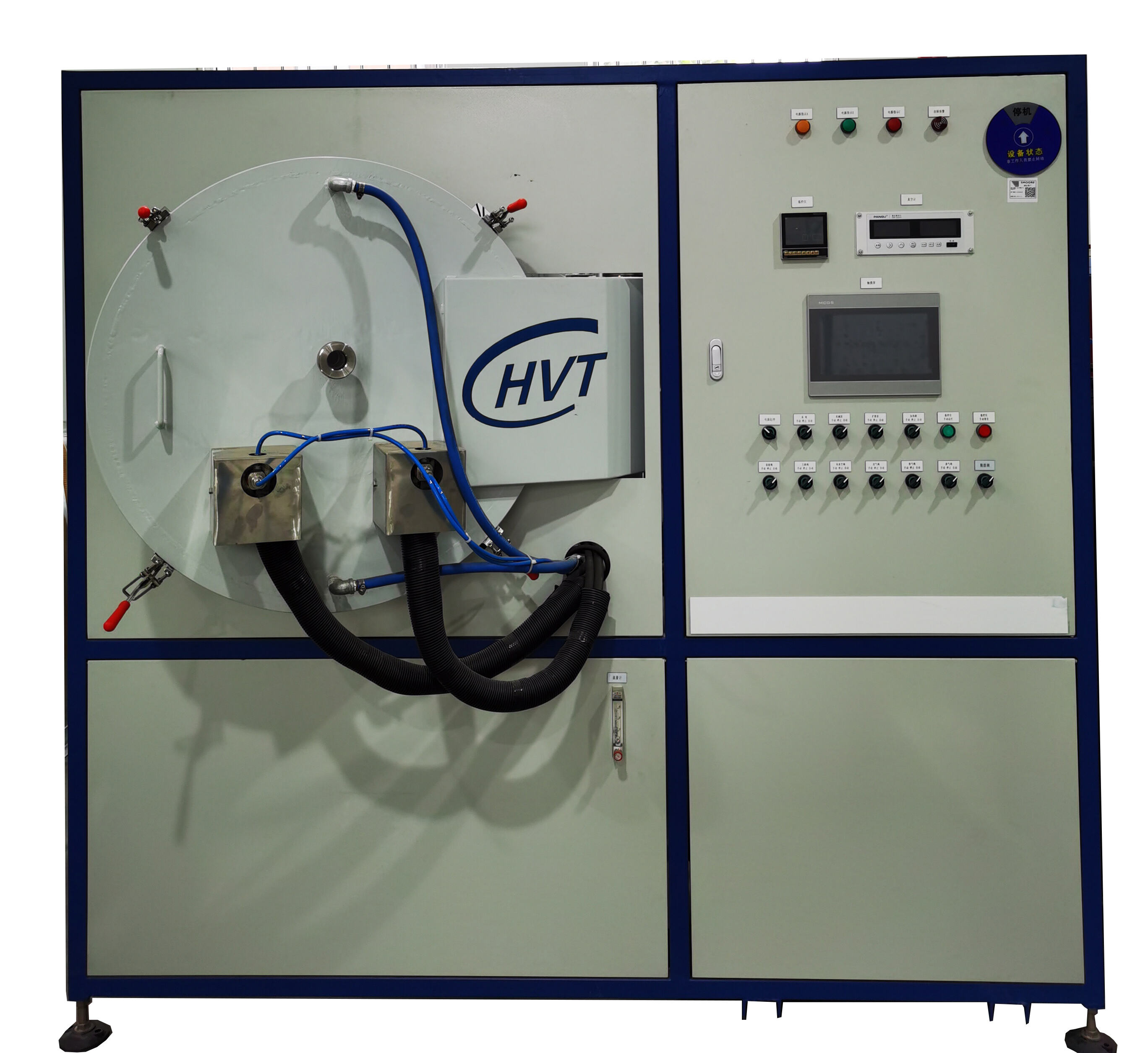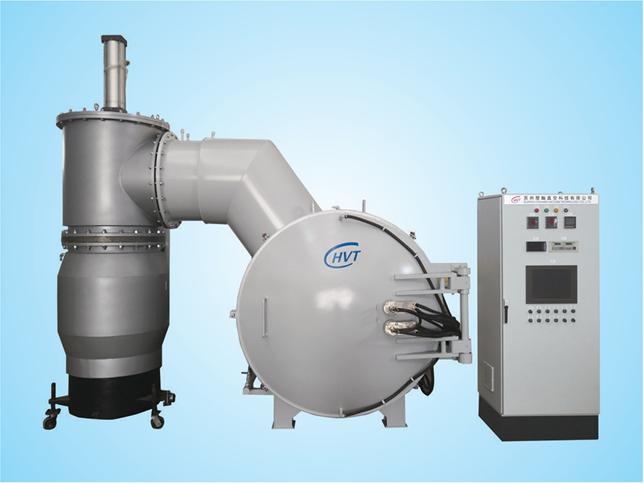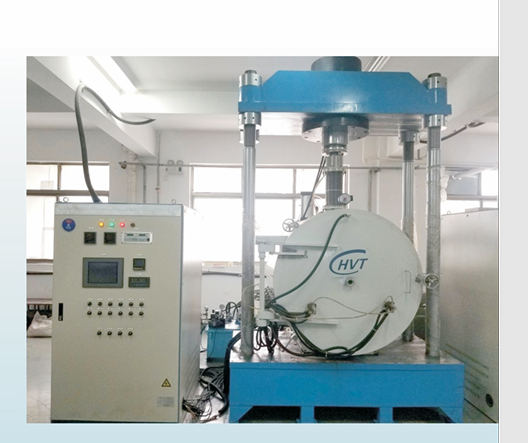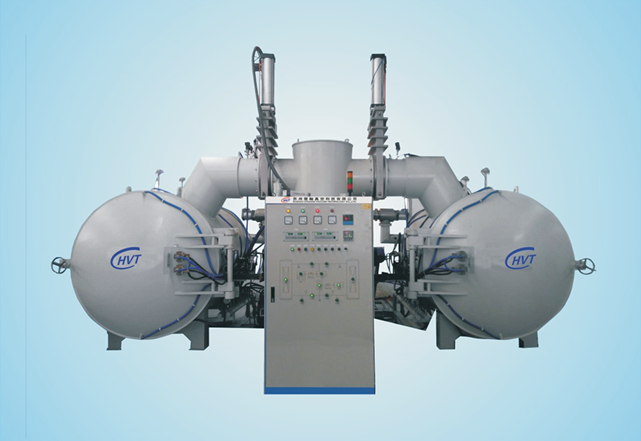induction furnace inductotherm
The induction furnace inductotherm represents a pinnacle of modern metallurgical technology, offering precision heating through electromagnetic induction. This advanced system efficiently converts electrical energy into heat, capable of melting various metals and alloys with exceptional accuracy. The furnace operates by generating an electromagnetic field that induces eddy currents within the metal charge, creating heat through electrical resistance. With power ratings ranging from small laboratory units to industrial-scale systems exceeding 10,000 kW, inductotherm furnaces are designed to meet diverse production requirements. The system features sophisticated power control systems, advanced cooling mechanisms, and state-of-the-art monitoring equipment that ensures optimal performance and safety. Its applications span across numerous industries, including foundries, steel mills, precious metal refineries, and research facilities. The furnace's design incorporates double-walled construction with efficient water cooling, ensuring both durability and operational safety. Modern inductotherm systems also feature advanced digital controls that enable precise temperature regulation and power management, making them ideal for both batch and continuous melting operations.

